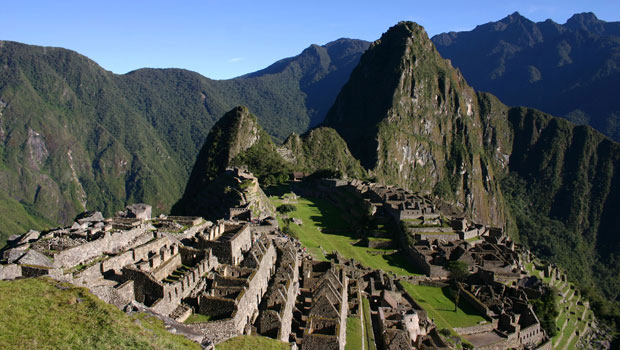
Mandatory tour guides and fixed routes coming soon for Machu Picchu
The days of meandering freely through the ruins of Machu Picchu in serene contemplation of the sacred Inca Citadel are numbered. New rules have been written: “Foreign visitors must hire the service of an official tour guide for their orderly visit the Inca city of Machu Picchu.”
That iron clad line appears in the apparently soon-to-be enacted Regulations of Sustainable Use and Touristic Visits for the Conservation of the Inca City of Machu Picchu.
Cusco’s new Regional Director of Culture, Ricardo Ruiz Caro, has sent copies of the document to tourism federations and pertinent institutions for review and comment.
“The entrance for visitors into the Inca city of Machu Picchu will be conducted in an orderly manner and be based on previously organized groups of at most 20 people,” the document states.
The guides, who will have to be uniformed and wear clearly visible credentials, will be limited to three established routes through the Inca Citadel. Visitors will be strictly “PROHIBITED” from “leaving an organized tourist group to join another and/or divert to a different guide or person.”
Perhaps most jolting in the new regulations is the establishment of time limits of 3 to 5 minutes to stop and appreciate some of Machu Picchu’s most significant and sacred points of interest — including the Intihuatana, the Temple of the Condor, the Water Mirrors and the Temple of the Sun.
The Peruvian Times got it first and has all the details.
UNESCO has been urging Peru to “finalize and adopt public use plan, in line with the provisions of the Management Plan for the property, including the definition of carrying capacity for the Historic Sanctuary… by 1 April 2014.”
The hard, unvarnished truth is that these rules truly are a matter of necessity.
With more than a million visitors each year, many high-interest locations within the complex are simply not large enough to accommodate so many people at once. Peru now exceeds the maximum carrying capacity of 2,500 people for the Historic Sanctuary, agreed to with UNESCO, which continues to threaten to add Machu Picchu to its endangered sites list.
Highlights from new draft regulations for Machu Picchu
Article 7.3 Restriction time for explanation :
Given that the urban sector is bounded by organized sets , divided by internal roads and stairways under an Inca urban layout , it is necessary to consider the maximum of explanation in the space and / or small areas comprising the “Temple of the Sun”, the lookout point of the “Temple of the Sun, the “Casa del Inca”, botanical garden , the site of the “reflecting pools” and the” Temple of the Condor”, with the average time limit explanation of 3-5 minutes.Article 8. – Of the circuits :
Circuits are the paths that visitors must use to navigate and sightsee in orderly fashion in the Inca city Machu Picchu. There are three circuits, whose description is contained in Annex No. 02 of this Regulation.Article 9 . – On the alternate routes :
Alternate routes leave from the Inca City of Machu Picchu and are intended to decentralize sightseeing. Five alternate routes are Intipunku Sector, the Inca bridge, Huayna Picchu mountain, Machu Picchu mountain, Putukusi mountain, whose descriptions and figures are given in Annex No. 03 of this Regulation.Article 10 . – Of the sites for explantion to visitors:
The distribution of areas or explanation sites aims to achieve a better fluidity of movement of visitors through the established circuits, using signposts in the Inca city of Machu Picchu and adjacent sectors. This is to avoid “bottlenecks” or crowding of visitors and official guides in vulnerable sectors (restricted – banned), and the deterioration of space and lithic heritage in different architectural spaces as terrace platforms, floors, surfaces of wall structures, etc. The explanation points or sites for visitors, throughout the circuits and alternate routes described above and by sector, are described in Annex No. 04 of the Regulations with its descriptive map.
Article 13. – Rights of visitors:
The rights of national and foreign visitors13.1 Access to the Inca city Machu Picchu
13.2 Contemplate and enjoy the surrounding cultural and natural heritage
13.3 Browse circuits and alternate routes
13.4 Remain for a reasonable time in the Inca city
13.5 Receive a proper and scientific explanation of the cultural significance of the city
13.6 Receive information and appropriate servicesArticle 14 . – Obligations of visitors :
The obligations of domestic and foreign visitors14.1 Respect the provisions on influx capacity to the Inca city issued by the Ministry of Culture.
14.2 Make the payment for the right of entry to the Inca city.
14.3 Respect and tour the Inca city circuits, alternate routes, restricted sites and sightseeing limits established by this regulation and cultural authority.
14.4 Wearing appropriate shoes or boots that do not erode or affect the archaeological and natural heritage. Only shoes with soft rubber soles may be used.
14.5 Avoid conduct prohibited by Article 19 of this regulation.Article 19 – Prohibited Conduct
For all persons, national and foreign, who visit the Inca city of Machu Picchu, the following conduct is expressly PROHIBITED:19.1 Carrying and consuming food and alcoholic beverages
19.2 Climbing and touching the walls and other structures of the Inca citadel.
19.3 Leaning against or rubbing your hands or body against the walls and stone elements.
19.4 Igniting flames or building camp fires.
19.5 Carrying canes of any kind, except as needed for age, physical disability or injury.
19.6 Smoking tobacco, cigarettes or any other substance.
19.7 Disturbing the flora, fauna and biodiversity.
19.8 Polluting water sources.
19.9 Writing on the ground, walls, stones, as well as the elements of natural heritage under penalty of legal sanction.
19.10 Practicing nudity and obscene acts contrary to morals and good customs.
19.11 Disposing of solid and liquid waste.
19.12 Carrying backpacks with a capacity greater than 20 liters (5 gallons) or 6 kilos (13 pounds).
19.13 Offering and selling products within the Inca citadel and the immediate surroundings, including the receiving areas for visitors and vehicles access.
19.14 Conducting fashion shows, exhibitions of swimsuit or dancing and exotic musical instruments, which distort the sacredness of the Inca citadel.
19.15 Convening social events.
19.16 Bringing in pets.
19.17 Flying over the ruins in para-gliders, helicopters or any type of aircraft.
19.18 Launching drones or any type of aircraft to take photographs, videos or movies from the air, with the only exception to this prohibition being flights solely for scientific and cultural diffusion with prior express authorization of the Decentralized Directorate of Culture of Cusco.
19.19 Using aerosol sprays that release repellents, colognes, sunblocks, or anything else.
19.20 Changing attire, clothing and garments within the Inca citadel.
19.21 Bringing in or using large umbrellas during the rainy season.
19.22 Conducting explanations in spaces or sites not determined for that purpose.
19.23 Leaving an organized tourist group to join another and/or diverting to a different guide or person.
19.24 Going beyond the physical limits of the tour of the Inca citadel.
19.25 Filming footage for the purpose of marketing consumer products.
19.26 Any heavy filming equipment.
19.27 Any act that harms the conservation of the Inca citadel and its lithic elements will incur an administrative penalty and in addition may be the subject of criminal and judicial charges.
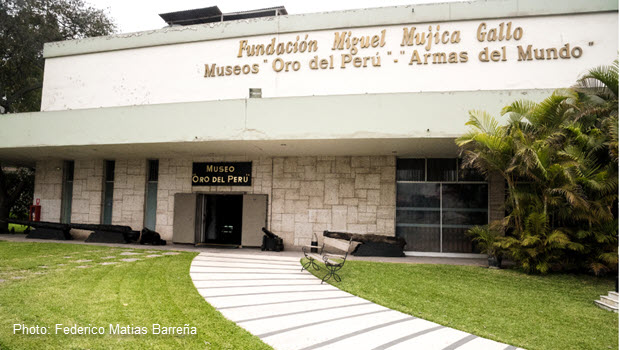 Gold Museum in Lima: Pre-Columbian Gold Artifacts and Arms
Gold Museum in Lima: Pre-Columbian Gold Artifacts and Arms 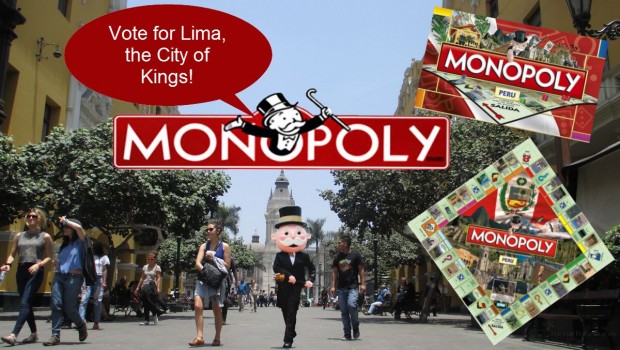 Mr. Monopoly Tours Lima in Search of Votes
Mr. Monopoly Tours Lima in Search of Votes 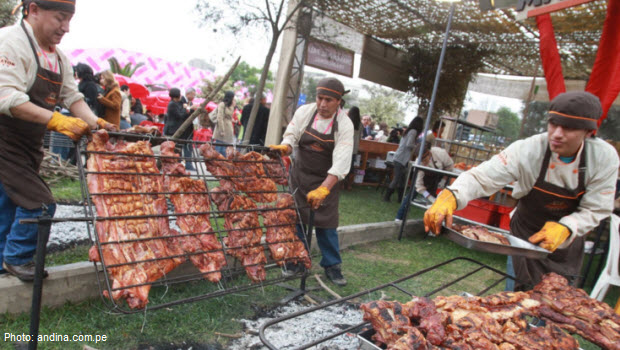 Mistura 2013 – Peru’s premier food fair – Opens
Mistura 2013 – Peru’s premier food fair – Opens 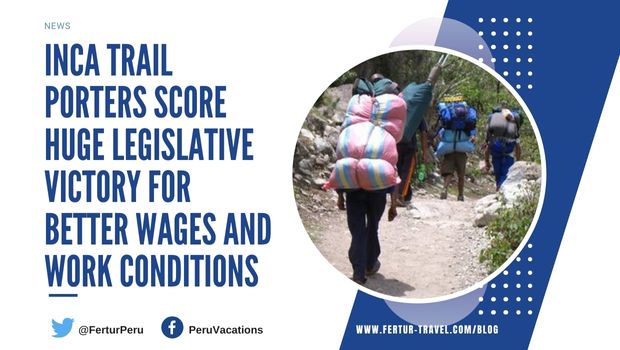 Inca Trail Porters Get Pay Hike and Better Benefits
Inca Trail Porters Get Pay Hike and Better Benefits 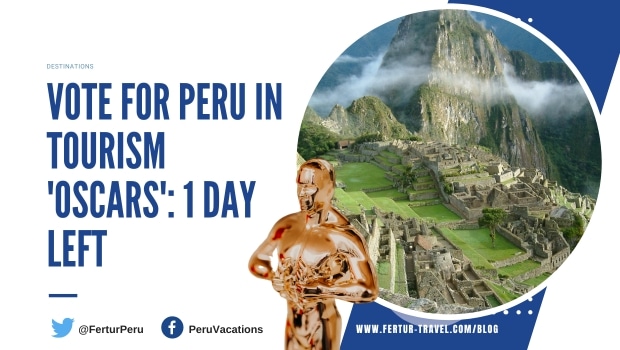 World Travel Awards: One Day Left to Vote for Peru in the ‘Oscars of Tourism’
World Travel Awards: One Day Left to Vote for Peru in the ‘Oscars of Tourism’ 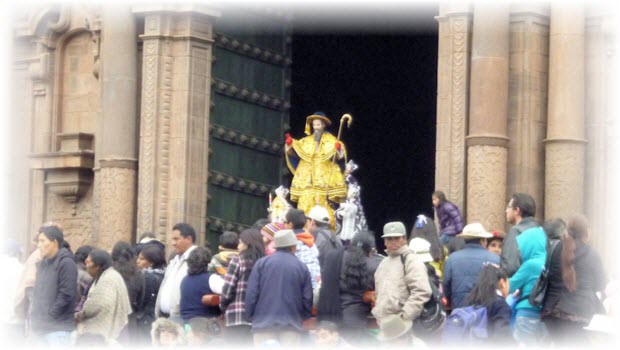 Cusco’s Octava festival, wrapping up Corpus Christi 2013
Cusco’s Octava festival, wrapping up Corpus Christi 2013 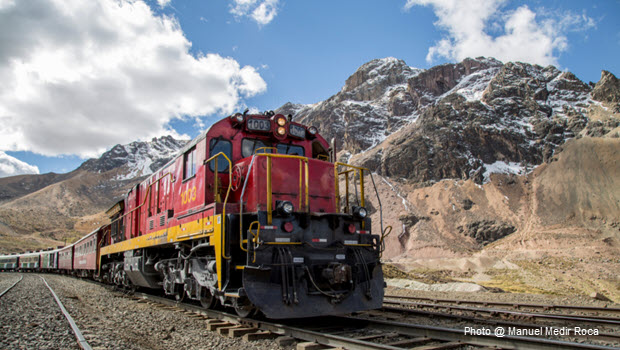 Astonishing Andean Train Ride from Lima to Huancayo
Astonishing Andean Train Ride from Lima to Huancayo 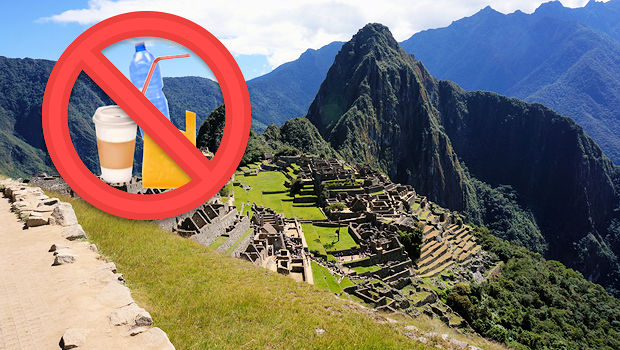 Nothing Plastic about Machu Picchu, that’s the Goal
Nothing Plastic about Machu Picchu, that’s the Goal